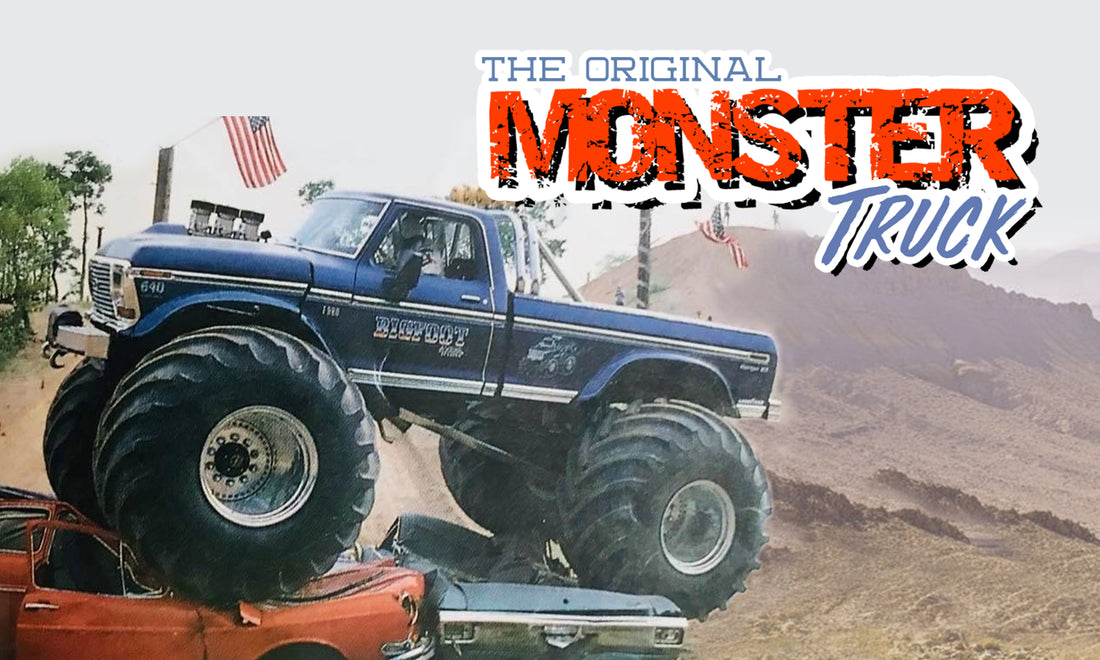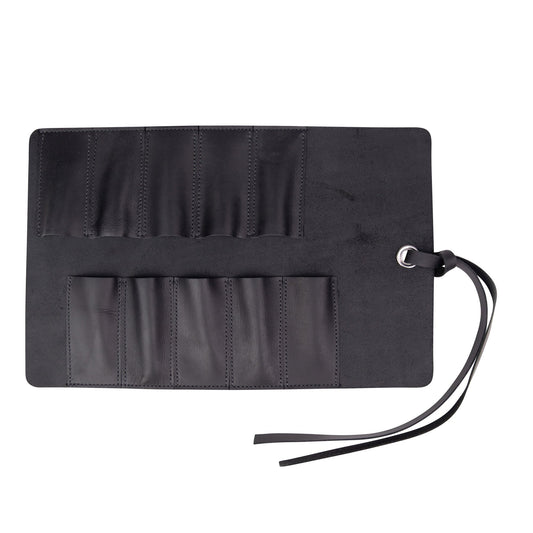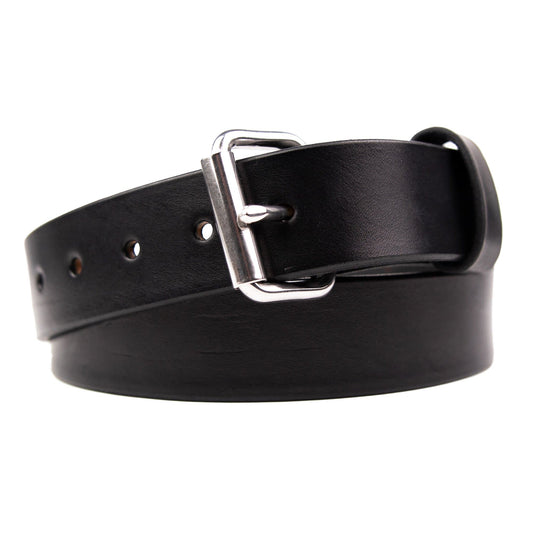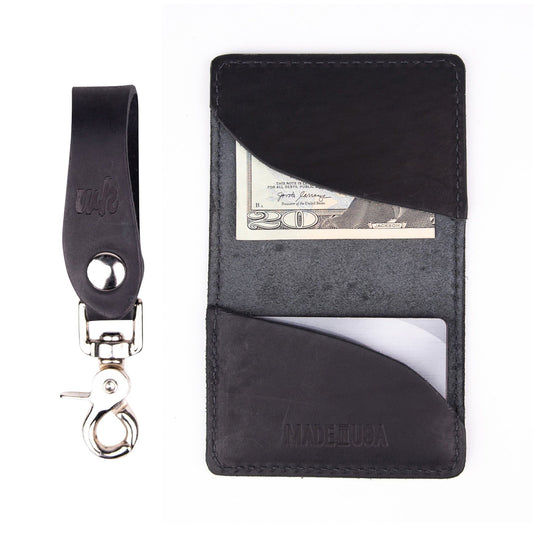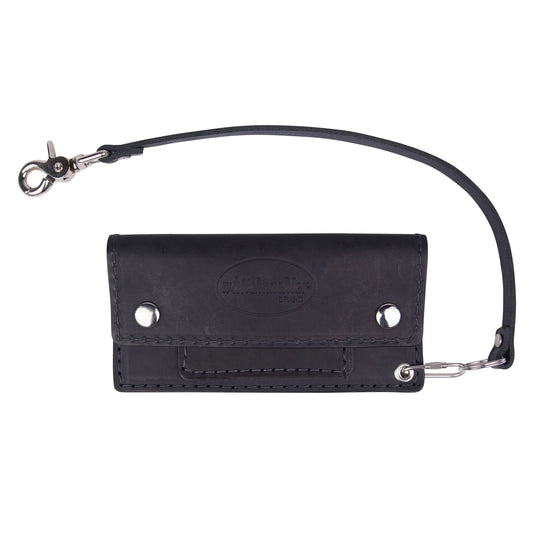Necessity is often the mother of invention. This holds true when it comes to the birth of the original monster truck, Bigfoot. This customized, off-road truck was the OG of the monster truck movement and was responsible for adding an entirely new faction to motorsports history.
Happenstance and the desire to improve an industry that was not offering products to reflect the changing needs of its consumers were the driving forces behind the legendary truck’s inception. An insanely devoted fanbase is what continues to keep the monster crushing it almost 50 years later.

Crashing onto the scene
Bob Chandler and his wife, Marilyn, were camping enthusiasts who enjoyed spending time away from their work-a-day worlds by retreating to the great outdoors. In 1974, as fate would have it, the pair decided that their next vehicle should reflect their love for their weekend lifestyle, and so they purchased a Ford F-250 4x4.
It did not take long for Chandler to realize that the automotive industry’s offerings of parts and services for those off-road vehicles were lacking, to say the least. Combining forces with family friend Jim Kramer, the trio opened Midwest Four Wheel Drive and Performance Center in Missouri in 1975.

The F-250 became the “company car” and Chandler’s greatest form of advertising. By continuing to modify the vehicle to keep up with the demands of their off-roading hobby, immersing themselves in the off-roading lifestyle, and meeting the ever-changing demands of their customer’s needs, it was not long until their company outgrew its original building, and so they relocated to a much larger facility.
As the Chandlers continued to modify their F-250, the truck grew in both size, reaching legendary status amongst off-road enthusiasts. As Bigfoot grew, the size of the modified trucks they worked on also continued to get larger. As the trucks got larger, they required bigger tires, which required bigger axles, which in turn required bigger engines to power the excess weight the vehicles had packed on. This kept Chandler’s business booming.
By 1979, boasting 48” tires, a military axel, and a huge, souped-up engine, Bigfoot made its debut at a national car show in Colorado. In an effort to prove to off-road enthusiasts from across the country that the company was making parts for vehicles that were durable enough to take a licking but keep on ticking, Chandler put Bigfoot through the wringer. The famed truck gained instant notoriety and popularity.

The truck continued to make appearances at tractor pulls and half-time shows throughout the country. Chandler often allowed the truck to “prance” around the arena, displaying its fantastic custom work to audiences. Other times, the truck would put on a display of power to prove that it was more than just a good-looking piece of machinery.
Bigfoot’s star continued to rise to unthinkable heights through the end of the ’70s and early ’80s. It had been given the distinct designation as the first monster truck, and it made its big-screen debut. While those achievements were amazing, the feat that would genuinely allow Bigfoot to drive a path straight through the heart of motorsport history was just around the corner.
Crushing it
Surprisingly, Bigfoot’s big moment wouldn’t occur in an arena in front of thousands of screaming fans. It would take place in a field and be attended by very few spectators.
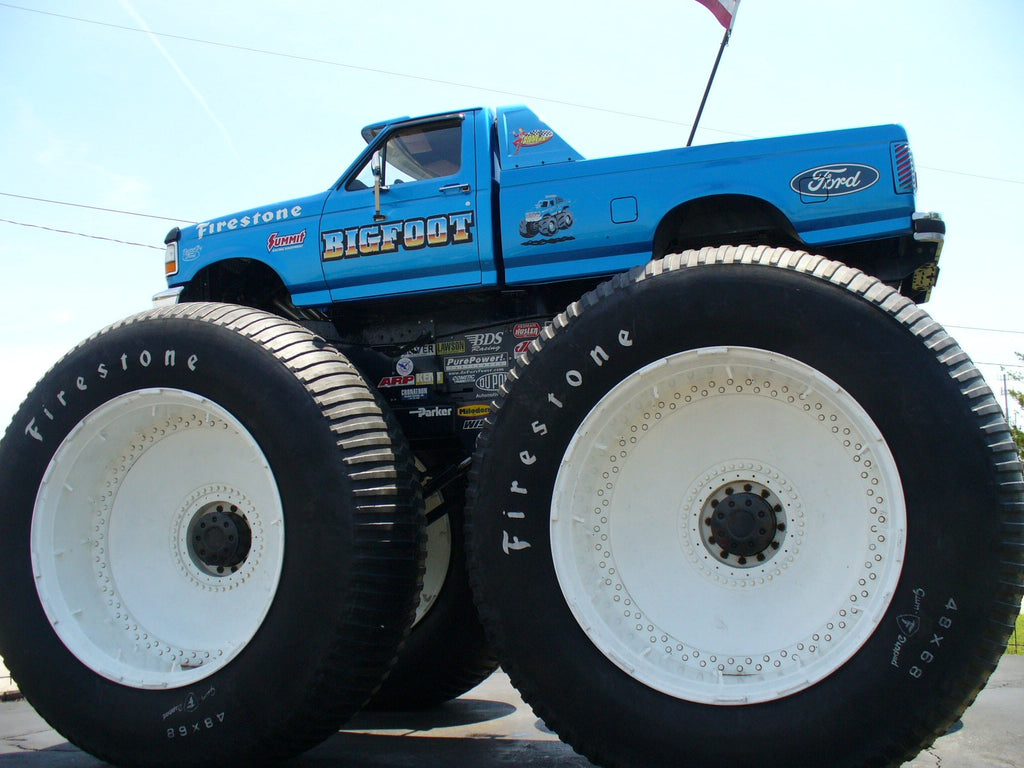
In 1981, to see just exactly what his truck was capable of, Chandler decided to try and drive it over a couple of cars to see if it could crush them. Boy, did it!
An event promoter got ahold of the footage, contacted Chandler, and asked him to perform the same feat in front of an audience. Chandler was initially reluctant to do so because he did not want the public to view monster trucks as simply destructive pieces of machinery. He shouldn’t have worried.
These humble beginnings gave birth to a phenomenon. Bigfoot’s popularity reached a fever pitch, and it wasn’t long before the second generation of monster trucks, standing tall with astounding 66-inch-high tires and roaring in with a monstrous 640-cubic-inch engine, barreled its way into Detroit, Michigan.

Bigfoot wowed a crowd of close to 70,000 spectators, setting the stage for what would become known as Monster Jam. From then on, the monster truck would entertain hundreds of thousands of enthusiastic fans every year.
Destroying the competition
As Bigfoot’s popularity and fame grew, the truck also continued to grow and develop. Throughout the early ’80s, the off-road vehicle extraordinaire saw a few more generations of production. Generation 4 was a groundbreaking model, being the first monster truck to be manufactured with the distinct purpose of being a monster truck. It did not have to be as heavily modified as previous generations in order to achieve its monstrous, menacing look.
While imitation might be the sincerest form of flattery, Chandler did not seem to take very kindly to others attempting to overshadow the original. He did his best to not just beat out the competition but to shut them down.

Following the path set by Bigfoot, other monster truck owners sourced 66-inch high tires for their trucks in hopes of stacking up to, and even surpassing, the original.
Chandler was not having it. He happened upon some 10-foot tall Firestone Tundra tires intended for a military vehicle. He procured the tires from a scrap yard for around $1,000, and the stage was set for Bigfoot’s next incarnation.
Bigger IS better
Bigfoot 5 proved to be a true colossus of a truck. In order to be able to support the enormous 10-foot tires, this truck had to be completely reconfigured. According to the Guinness Book of World Records, the result was the tallest, widest, and heaviest truck in history.

Safer IS better
After reminding the competition that they couldn’t touch the original monster truck, Chandler’s next mission to help Bigfoot continue to progress towards perfection was to get some much-needed safety measures in place for the vehicle. He would employ the latest technology at the time to ensure that his drivers and their fans were as safe as possible while enjoying the fun and excitement that the monster truck had to offer.
With the assistance of Computer Aided Design technology, the newest generation of Bigfoot trucks came complete with an entirely redesigned chassis and suspension system that made them safer and more comfortable to drive. The same basic systems are still used in monster trucks today.

Bigfoot, the original monster truck: often imitated, never duplicated
Almost five decades after a “normal” off-road truck was transformed into a monster, Bigfoot continues to be a legend in the world of motorsports. Bigfoot started trends, traditions, and broke records. It was a pioneer in the automotive world.
While other trucks may have more trophies in their case than Bigfoot, none of them can say that they created an entire form of entertainment or, in many ways, a lifestyle. While the original monster truck might have been imitated, it will never be duplicated.

